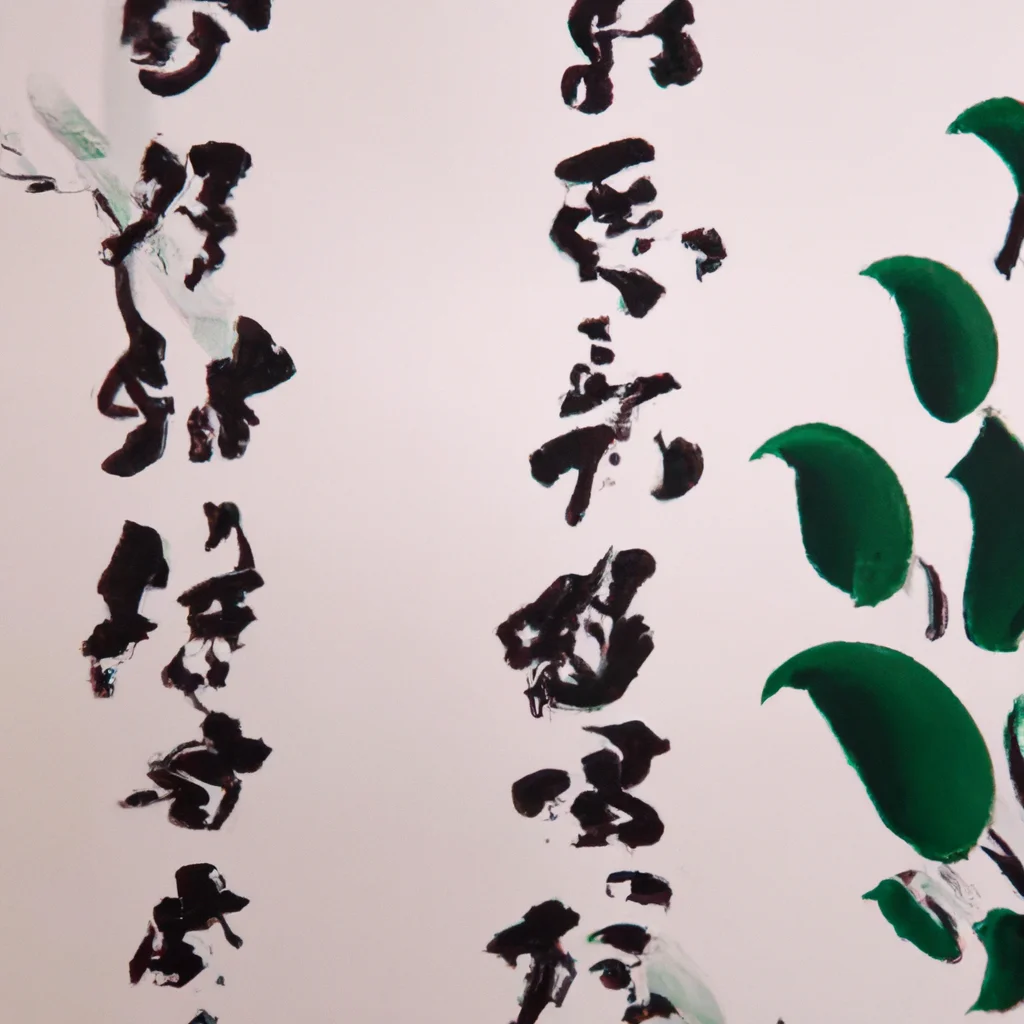What are the techniques involved in creating calligraphy writing?


What are the techniques involved in creating calligraphy writing?
Creating calligraphy writing is a beautiful art form that involves using specific techniques to create stunning lettering that can be used in a variety of settings, from wedding invitations to personalized gifts. Calligraphy techniques have been used for centuries and continue to be a popular form of artistic expression today. In this article, we will explore the techniques involved in creating calligraphy writing, including calligraphy tips and calligraphy for beginners.
Tools Needed for Calligraphy
Before diving into the techniques for creating calligraphy, it is important to have the right tools. The most essential tools for calligraphy include:
– Calligraphy pen: A calligraphy pen is typically a pointed pen that is used to create thin and thick lines depending on the pressure applied.
– Ink: Ink is used to create the lettering. There are different types of ink, including water-based and oil-based inks.
– Paper: Specialized calligraphy paper is recommended, as it is designed to prevent ink from bleeding and to allow the pen to glide smoothly across the surface.
Calligraphy Techniques
1. Hold the Pen Correctly
The first technique in creating calligraphy is to hold the pen correctly. The pen should be held at a 45-degree angle to the paper, with the nib of the pen facing upwards. This angle allows for the creation of thin and thick lines.
2. Practice Strokes
The next step in creating calligraphy is to practice strokes. Practicing strokes helps in developing the muscle memory needed to create the lettering. The basic strokes include:
– Thin upstrokes: These strokes are created by applying light pressure to the pen as it moves upwards.
– Thick downstrokes: These strokes are created by applying more pressure to the pen as it moves downwards.
– Oval strokes: These strokes are created by combining upstrokes and downstrokes to create oval shapes.
3. Master Letter Formation
After practicing strokes, the next step is to master letter formation. The key to creating beautiful calligraphy is to form each letter with precision. The basic letters to learn include:
– Lowercase letters: These letters include a, b, c, d, e, f, g, h, i, j, k, l, m, n, o, p, q, r, s, t, u, v, w, x, y, and z.
– Uppercase letters: These letters include A, B, C, D, E, F, G, H, I, J, K, L, M, N, O, P, Q, R, S, T, U, V, W, X, Y, and Z.
4. Experiment with Different Styles
Once you have mastered the basic calligraphy techniques, it is time to experiment with different styles. There are many different calligraphy styles to choose from, including:
– Copperplate: This style is characterized by its elegant and flowing letters.
– Gothic: This style is characterized by its bold and blocky letters.
– Uncial: This style is characterized by its rounded and uniform letters.
Calligraphy Tips
– Practice regularly: The key to mastering calligraphy is to practice regularly. Set aside time each day to practice strokes and letter formation.
– Use quality materials: Using quality calligraphy materials, such as pens, ink, and paper, is essential for creating beautiful lettering.
– Be patient: Calligraphy takes time and patience to master. Don’t get discouraged if your lettering doesn’t look perfect right away.
– Experiment with different styles: Trying out different calligraphy styles can help you find the one that best suits your personal style.
Calligraphy for Beginners
If you are new to calligraphy, it can be overwhelming to know where to start. The best way to get started is to invest in a calligraphy starter kit, which typically includes a pen, ink, and paper, as well as a guide to basic lettering techniques.
Another great way to learn calligraphy is to take a class or workshop. Many art schools and community centers offer calligraphy classes for beginners.
Conclusion
Creating calligraphy writing is a beautiful art form that involves using specific techniques to create stunning lettering. The key to mastering calligraphy is to practice regularly, use quality materials, be patient, and experiment with different styles. With the right tools and techniques, anyone can learn the art of calligraphy and create stunning lettering for a variety of settings.
Recent Posts
How do I create an engaging and informative online quiz or assessment?
Creating an engaging and informative online quiz or assessment can be a powerful tool for… Read More
What are the most effective methods for managing and reducing work-related stress in the hospitality industry?
Work-related stress is a common issue in the hospitality industry, where employees often face long… Read More
How can I improve my assertiveness and communication skills in a leadership position?
In a leadership position, assertiveness and effective communication skills are crucial for success. Being able… Read More
What are the key elements of a successful employee recognition and rewards program?
Employee recognition and rewards programs play a crucial role in motivating and engaging employees, as… Read More
How do I effectively manage and respond to customer feedback and reviews?
Customer feedback and online reviews play a crucial role in shaping a company's reputation and… Read More
What are the best strategies for effective time management as a stay-at-home parent?
Effective time management is crucial for stay-at-home parents who juggle multiple responsibilities on a daily… Read More